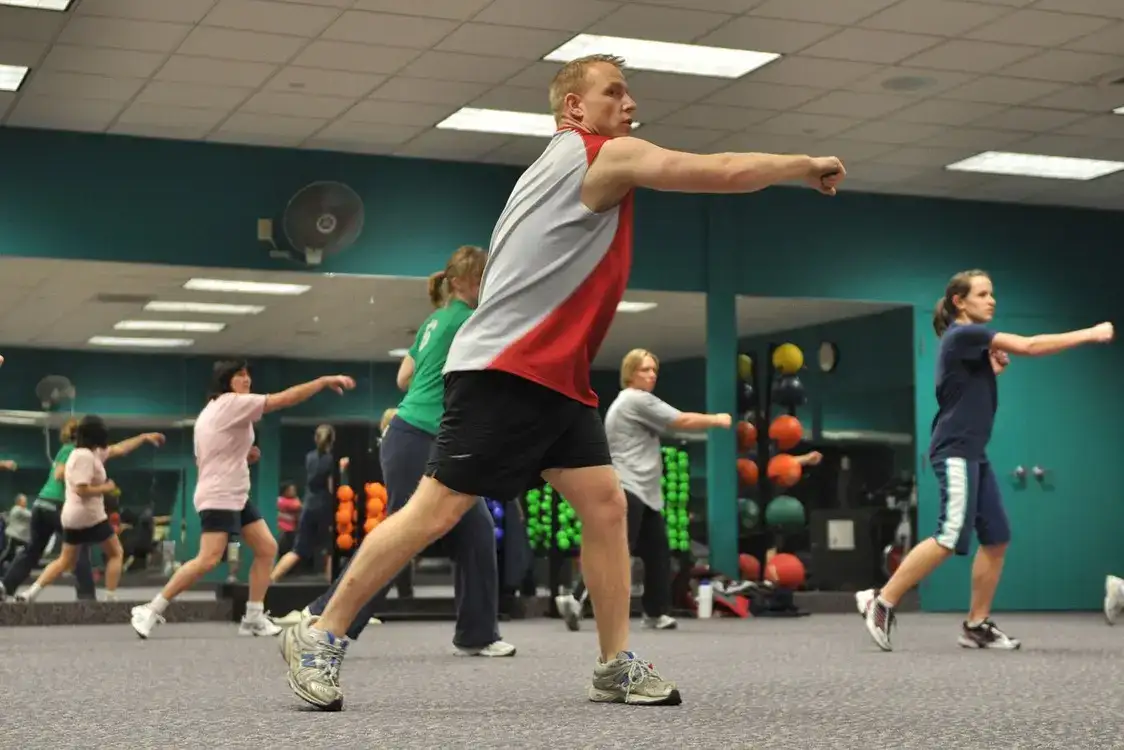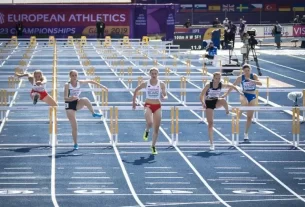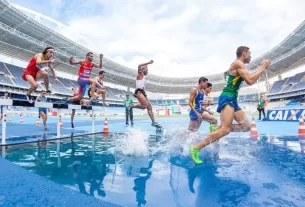The relationship between mitral regurgitation and physical exercise can limit sports activity. Mitral regurgitation can be caused by various abnormalities. The consequence is that blood flows backward into the left atrium during systole because the mitral valve does not close completely.
Causes of Mitral Regurgitation
Previously, the most common cause of mitral regurgitation was rheumatic valve disease. Currently, the most common cause is mitral valve prolapse (myxomatous mitral valve disease).
Mitral regurgitation can have other causes, such as infective endocarditis, connective tissue diseases (such as Marfan syndrome), coronary artery disease, and dilated cardiomyopathy.
Recommendations for physical exercise and sports in people with mitral regurgitation vary depending on the cause of the valve disease. In patients with coronary artery disease or dilated cardiomyopathy, these conditions determine the recommendations, rather than mitral regurgitation itself.
Consequences of Mitral Regurgitation and Physical Exercise
For any recommendations for a person with valvular disease, it is important to know the degree of valvular dysfunction. The severity of mitral regurgitation is related to the magnitude of the regurgitant volume. The greater this volume, the greater the dilation of the left ventricle and the pressure and volume of the left atrium. This means more symptoms and a greater risk of complications.
Most people with mild or moderate mitral regurgitation are asymptomatic. In these cases, cardiovascular compensatory mechanisms are sufficient to maintain adequate cardiac output. There is no significant increase in pulmonary venous pressure, so the individual does not present symptoms.
However, when mitral regurgitation becomes severe, hemodynamic changes overcome compensatory mechanisms. This leads to an increase in pulmonary venous pressure, which produces dyspnea (shortness of breath), and a reduction in cardiac output.
Impact of training on the heart
Impact of exercise on the heart Athlete training can lead to physiological (normal) dilation of the left ventricle. This can make it difficult to assess the impact of mitral regurgitation on the heart. However, when the left ventricular end-diastolic diameter is greater than 60 mm, mitral regurgitation is considered significant. In this case, surgical repair of the mitral valve may be required.
In people with mitral regurgitation, physical exercise does not usually produce significant changes in the degree of regurgitation. However, it can occur if the heart rate is relatively high. In this case, exercise can cause a significant increase in regurgitant volume and pulmonary venous pressure, leading to dyspnea.
Athletes with mitral regurgitation should undergo annual cardiology checkups, including echocardiogram and exercise stress testing. Echocardiograms assess the degree of mitral regurgitation and measure ventricular diameters and pulmonary pressure. Pulmonary artery systolic pressure can also be estimated with Doppler ultrasound during exercise. This allows decisions to be made regarding the level of effort the athlete can safely perform.
A special case is patients with mitral regurgitation secondary to previous endocarditis or rupture of the mitral chordae. In this case, the tissues of the valves and chordae are typically weaker and more prone to rupture. Therefore, the recommendations in these cases are more restrictive.
Recommendations
- Given the above, it can be deduced that athletes with mild to moderate mitral regurgitation, who are in sinus rhythm and have normal left ventricular size and function, as well as normal pulmonary arterial pressure, can participate in all competitive sports.
- Athletes with moderate mitral regurgitation and a slight enlargement of left ventricular diameter compatible with training (end-diastolic diameter less than 60 mm), if they are in sinus rhythm and have normal left ventricular systolic function and normal pulmonary arterial pressure, can also participate in all competitive sports.
- Athletes with severe mitral regurgitation and a slight increase in left ventricular diameter compatible with training (end-diastolic diameter less than 60 mm), if they are in sinus rhythm and have normal left ventricular systolic function and normal pulmonary arterial pressure, can only participate in low-intensity sports and some moderate-intensity sports.
- Athletes with severe mitral regurgitation and a significantly enlarged left ventricular diameter (especially if the end-diastolic diameter is greater than 65 mm), or if they are in atrial fibrillation or have left ventricular systolic dysfunction or elevated pulmonary arterial pressure, should not participate in competitive sports, unless they are very low-intensity efforts.
- Athletes receiving oral anticoagulation due to a history of atrial fibrillation should not participate in sports that involve risk of body contact or the possibility of trauma. This is due to the high likelihood of severe bleeding secondary to anticoagulant treatment.



